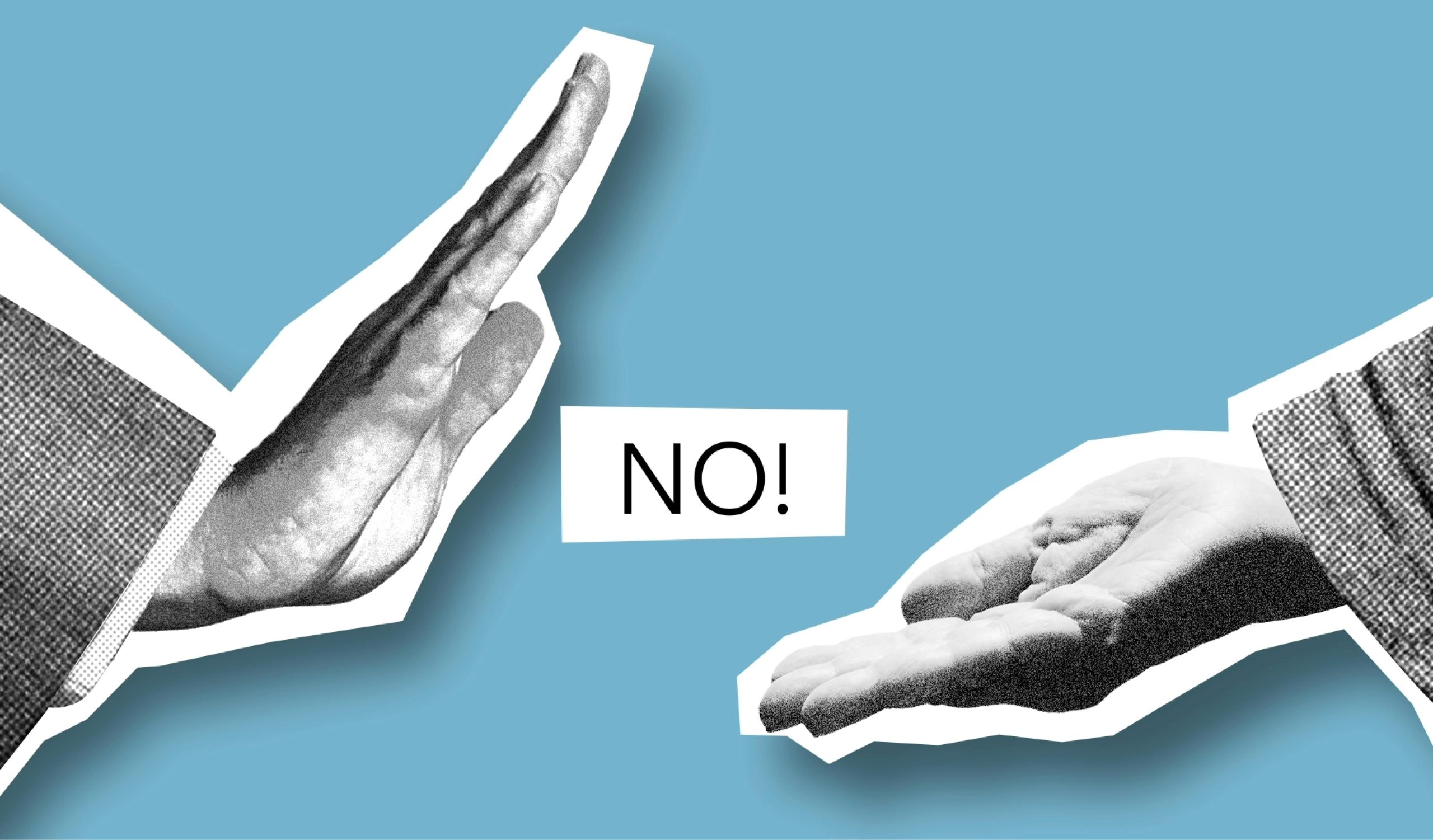IRS record-keeping rule: What receipts to save in substantiating charitable donations
Published:
A fairly recent record-keeping rule has been a surprise for many audited taxpayers.
The IRS has tightened up a number of taxpayer loopholes in the last decade, publishing new guidelines and revving up enforcement/collection activities.
Charitable contributions have been the proverbial candle burning at both ends. If you were holding a bunch of wax before, there probably isn’t a lot left.
READ: Who does the IRS trust, and are you on the list?
Starting in 2007, your charitable contributions made in the form of cash, check or other monetary gives were required to be substantiated by a written record. The record could come in the form of a written communication from the charity, but this validating document needed to show the name of the charity, the date of the contribution and the amount.
This allows the IRS to keep track of who is donating, how much and to whom. These facts are even more crucial for monitoring charities than they are for keeping track of your deductions. But in the event your tax return is audited, you will be expected to fess up your receipts or strike the contributions from the record.
The same is true of quid pro quo donations, except many taxpayers do not understand how these types of donations work.
What is a quid pro quo gift and how do I validate one on my tax return?
A quid pro quo contribution is an exchange between the charity and donor. The donor will offer money for either a good or service whose real value is less than what the donor pays. Charities will often sell museum tickets or other goods for a premium. You might presume, like many taxpayers, that you are donating every penny you hand over. You would be wrong.
READ: What to do if the IRS challenges your tax returns
Pro bono contributions are fully substantiated only when the real value of the good is subtracted from the monetary value of the contribution. If the museum ticket is worth $40, and you give $100, then your deduction would be the difference, or $60. All of this should be fully documented by the charity, and you should receive an estimate of the value of the good/service you purchased.



